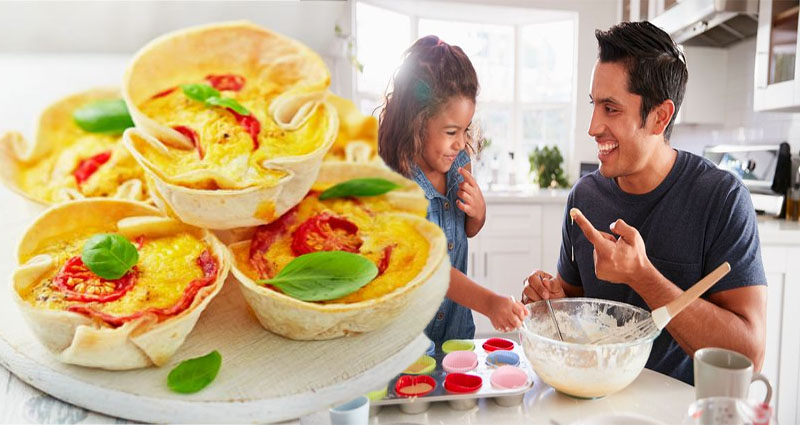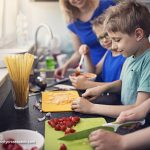If you are looking for some tips on how to encourage healthy cooking with kids, you have come to the right place! You can find great recipes, fun activities, and even lessons in nutrition. You can get started on your healthy cooking adventure today! To get started, try these tips:
Recipes
Whether you’re trying to get your children interested in healthy cooking or simply want to make healthier meals at home, recipes for healthy cooking with kids are a great way to start the conversation. Cooking with kids can encourage lifelong healthy habits. These easy-to-follow recipes can be healthier alternatives to baking. Even the pickiest eaters will be more interested in eating foods made with natural ingredients. With these recipes, you’ll be able to introduce healthy cooking to your kids while creating fun memories for the whole family.
Activities
Cooking is an excellent activity for children. Involving children in the preparation and cooking of food will build their knowledge of nutrition and eating habits. In addition, a child will be more likely to try new foods if they helped make them. Cooking activities will also help your child develop good self-esteem. Here are some tips for cooking with children. Keep these tips in mind as you plan the activities with your child. The following are just a few ideas that will help you engage your children in healthy cooking.
Food safety
As September approaches, it’s a good time to talk about healthy cooking with kids and food safety. As the COVID-19 pandemic has shown, children spend more time at home than ever. They visit the kitchen multiple times a day, prepare healthy salads, and even heat up their own foods in the microwave. As a result, there’s more attention paid to food safety than ever before. Fortunately, the USDA’s Food Safety and Inspection Service has created resources for children to help parents protect their kids’ health while in the kitchen.
Lessons in nutrition
Healthalicious is an award-winning curriculum that promotes the consumption of nutrient-dense foods and physical activity. Kids learn about nutrition through hands-on activities. The curriculum has multiple uses, including in a classroom setting, afterschool, 4-H programs, and a family- centered curriculum. A similar curriculum called Discovering Healthy Choices is learner-centered and was developed in collaboration with the Shaping Healthy Choices program.
Vegetable gardening
Getting your kids involved in healthy cooking with vegetables increases the likelihood that they’ll eat them. If you’re cooking together, make it fun for them by making the dishes themselves, or enlisting their help in the process. Some kids may need a while to warm up to vegetables, but by incorporating them into favorite dishes, they’ll be more likely to try them out. It’s also a good idea to incorporate them into your favorite snacks!
Overnight oats
To increase the protein content of overnight oats, add some protein powder or spirulina powder. Both provide nutrients and a natural green color. If you don’t like yogurt, you can leave it out or double the flaxseeds or chia seeds. If you don’t want to use yogurt, you can also add extra milk or yogurt. Vanilla beans will also add flavor to overnight oats.
Making colorful salad jars
When preparing a salad in a jar, you should first decide on how many servings you need. A single serving can be a small salad for lunch or a large dinner salad can be served as a side dish for a family meal. Most recipes today call for either a quart jar or a large serving. If you are just starting out, I recommend making two or three of each size.
Teaching patience
Healthy cooking with kids requires patience on many levels. Obviously, there is going to be a lot of mess involved, but the process of mixing, measuring, and waiting will also take longer than you would otherwise. Even if it is just a few spills, this is the perfect opportunity to teach kids patience. In fact, patience is a valuable trait for all parents and children, so training for it is key to a successful cooking experience. Try to practice it on everyday tasks with no high-stakes results.









